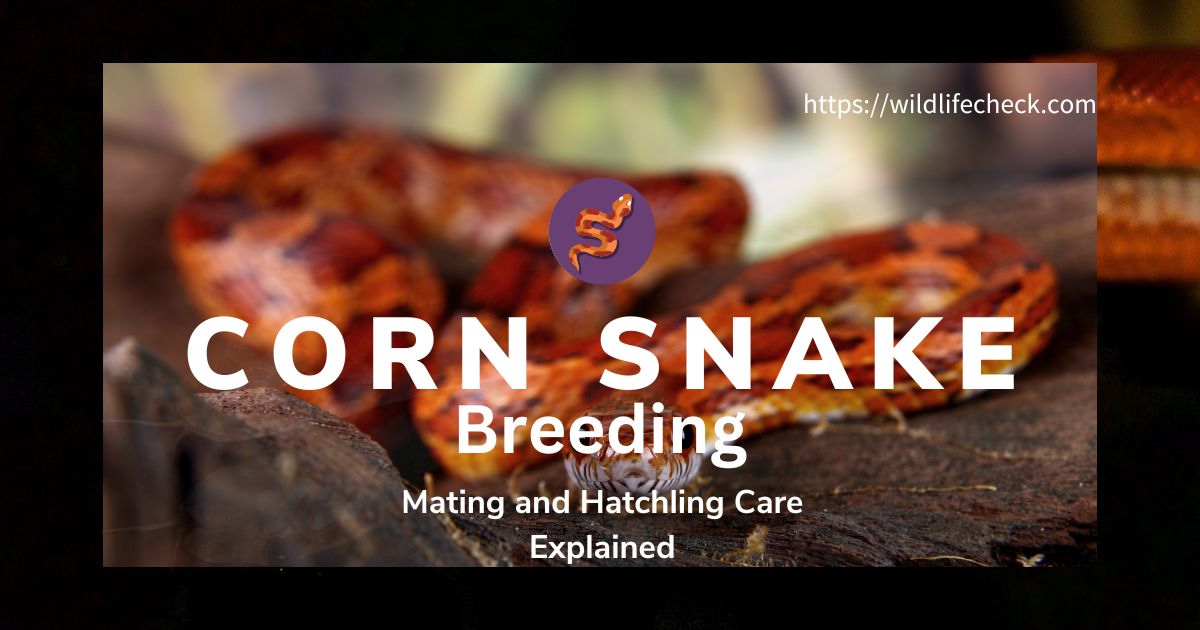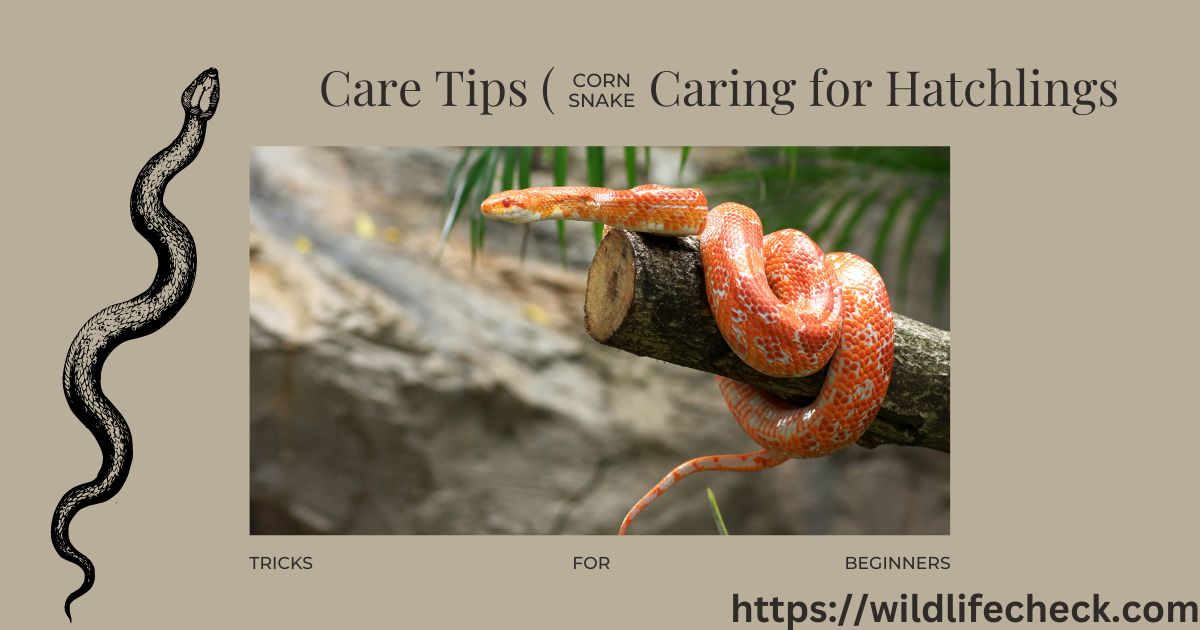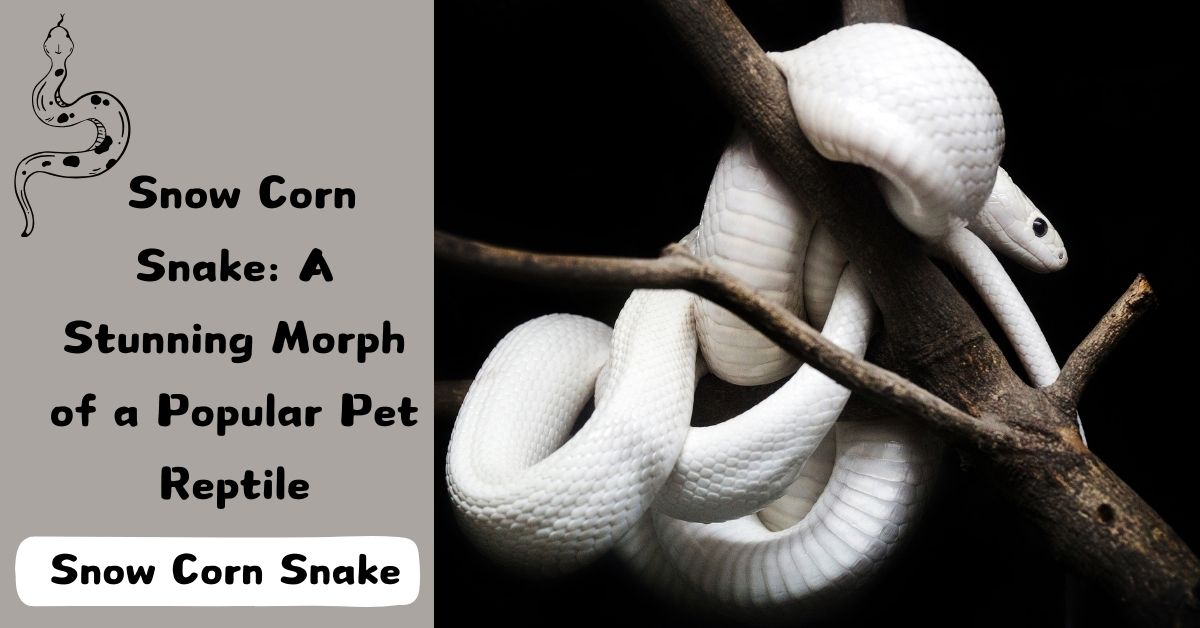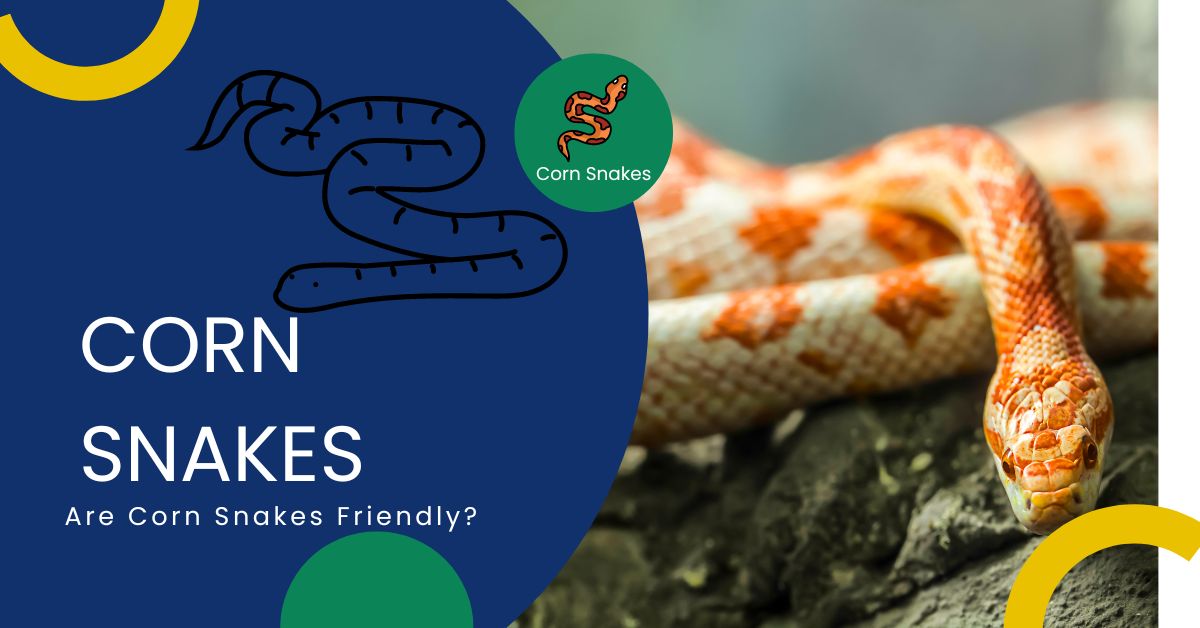
How to Breed Your Corn Snake : Completely Guide
How to Breed Your Corn Snake: In today’s era, every human being is fond of some animal and they keep it in their house and take care of it and are happy to play with it.
Similarly, today we have written a good article for those who are interested in corn snakes, which will help them in breeding corn snakes and will benefit them.
Everything will be explained in detail so that you can understand it well so that neither he does any harm to himself nor he is harmed by the corn snake.So let’s start the constitution
- Key Takeaway�
- How to Breed Your Corn Snake
- Understanding Corn Snake Behavior
- Prebreeding Conditions
- Setting Up the Ideal Breeding Environment
- At What Age Do Corn Snakes Breed?
- Mating Process: What to Expect
- How to Make Corn Snakes Breed
- What is the Breeding Behavior of a Corn Snake?
- Egg Laying and Incubation
- How to Tell if Corn Snake Eggs are Fertile
- Caring for Hatchlings: First Steps
- Common Breeding Challenges and Solutions
- The Importance of Genetics in Breeding
- Maintaining Health: Pre- and Post-Breeding Care
- How to Keep a Corn Snake Happy
- Do Corn Snakes Recognize People?
- Are Corn Snakes Intelligent?
- Do Corn Snakes Like Baths?
- How to breed your corn snake?
- FAQ’S About How to breed your corn snake?
- How do I know if my corn snake is ready to breed?
- What should I do to prepare for breeding?
- How can I tell the difference between a male and female corn snake?
- What is the mating process like?
- How do I set up the breeding enclosure?
- What challenges might I face while breeding?
- How do I care for my corn snakes after breeding?
- Conclusion
Key Takeaway�
- Age and Wellbeing: Guarantee both the male and female are something like 2-3 years of age and healthy prior to rearing.
- Ecological Arrangement: Establish a reasonable rearing climate with the right temperature (80-85°F warm side, 70-75°F cool side), dampness (40-60%), and a lot of concealing spots.
- Reproducing Season: Present the snakes during the rearing season (spring) and notice their romance ways of behaving to affirm status.
- Egg Laying and Hatching: Subsequent to mating, the female will lay eggs around 30 days after the fact. Give a reasonable laying region and hatch the eggs at 80-85°F with high moistness.
- Hatchling Care: When the eggs hatch, place the hatchlings in isolated nooks and give legitimate consideration, including fitting intensity, mugginess, and food.
- Hereditary qualities: Exploration hereditary characteristics and ancestry to accomplish wanted transforms and designs in your hatchlings.
- Screen Wellbeing: Routinely look at the strength of the two guardians and hatchlings to guarantee their prosperity.
How to Breed Your Corn Snake
Reproducing corn snakes can be a remunerating adventure for reptile lovers.
With the right information and arrangement, you can partake in the whole cycle from mating to raising solid hatchlings.
This guide will cover all that you want to realize about rearing corn snakes, including their way of behaving, ecological necessities, and care prerequisites.
Understanding Corn Snake Behavior
Prior to plunging into reproducing, it’s pivotal to comprehend corn snake conduct. These snakes are by and large submissive and can areas of strength for foster with their proprietors.
Noticing your corn snake’s conduct will assist you with establishing an open to reproducing climate and further develop their general prosperity.
Prebreeding Conditions
Planning for rearing includes guaranteeing both the male and female corn snakes are solid and very much took care of.
It’s fundamental to give a peaceful climate where they can flourish. This incorporates a legitimate eating routine and a perfect living space.
Setting Up the Ideal Breeding Environment
Making a reasonable territory is essential for reproducing achievement. Guarantee that the nook has:
- Concealing spots: Use shakes, plants, or logs to assist your snakes with having a good sense of reassurance.
- Temperature inclination: Give a warm side (around 80-85°F) and a cooler side (around 70-75°F).
- Dampness control: Keep up with mugginess levels between 40-60% to keep your snakes agreeable.
At What Age Do Corn Snakes Breed?
Corn winds normally arrive at sexual development somewhere in the range of 2 and 3 years old.
It’s critical to hold on until they are completely become prior to rearing, as this guarantees the strength of both the female and her posterity.
Mating Process: What to Expect
During mating season, typically in the spring, the male will court the female through different ways of behaving, including scouring and tail lacing.
This romance can most recent a few days, and noticing their collaborations is critical to decide whether they are prepared to mate.
How to Make Corn Snakes Breed
To empower reproducing, acquaint a male with the female during the rearing season. Screen their collaborations intently.
On the off chance that the female shows responsive way of behaving, for example, smoothing her body or moving towards the male, they are possible prepared to mate.
What is the Breeding Behavior of a Corn Snake?
Rearing way of behaving includes romance shows and mating ceremonies.
These ways of behaving are fundamental for guaranteeing a fruitful matching.
Search for indications of interest from the two snakes, for example, cuddling or folding over one another.
Egg Laying and Incubation
After effective mating, the female will lay eggs around 30 days after the fact. Furnishing a reasonable laying region with clammy substrate is significant.
After the eggs are laid, place them in a hatchery at a predictable temperature (around 80-85°F) and stickiness (around 80%).
How to Tell if Corn Snake Eggs are Fertile
Prolific eggs normally show up somewhat clear and stout. After about seven days, you can flame the eggs by focusing a light through them to check for creating incipient organisms.
Caring for Hatchlings: First Steps

When the eggs hatch, cautiously eliminate the hatchlings and spot them in isolated fenced in areas.
Each child ought to approach intensity, dampness, and food to guarantee they flourish. Give little prey things, like pinky mice, for appropriate nourishment.
Common Breeding Challenges and Solutions
A few difficulties in rearing incorporate barrenness and egg-restricting. In the event that you experience these issues, counsel a reptile veterinarian for direction and potential arrangements.
The Importance of Genetics in Breeding
Understanding hereditary qualities is fundamental for accomplishing wanted transforms and designs.
Exploring ancestry can assist you with settling on informed rearing choices that upgrade the qualities you need in your hatchlings.
Maintaining Health: Pre- and Post-Breeding Care
Keep your snakes solid when reproducing by giving a decent eating regimen, normal veterinary check-ups, and keeping a perfect environment. This will assist with guaranteeing the best results for the two guardians and posterity.
How to Keep a Corn Snake Happy
A blissful corn snake requires a reasonable climate, standard taking care of, and collaboration. Guarantee they approach new water and improvement exercises to animate their psyches and forestall weariness.
Do Corn Snakes Recognize People?
Indeed, corn snakes can perceive their proprietors and frequently show quiet conduct around natural people. This acknowledgment fortifies the connection among you and your snake.
Are Corn Snakes Intelligent?
Corn snakes display critical thinking skills, making them moderately astute reptiles. They can figure out how to explore their current circumstance and answer taking care of signals.
Do Corn Snakes Like Baths?
Many corn snakes appreciate showers, which can help with shedding. Utilize tepid water and direct them during shower time to guarantee wellbeing.
How to breed your corn snake?
| Step | Description |
|---|---|
| 1. Assess Readiness | Ensure both snakes are at least 2-3 years old and healthy. Look for signs of receptiveness. |
| 2. Prepare the Environment | Set up a spacious enclosure with proper temperature (80-85°F warm side, 70-75°F cool side) and humidity (40-60%). Include hiding spots. |
| 3. Introduce Snakes | Introduce the male to the female during the breeding season (spring) and monitor their behavior. |
| 4. Observe Mating Behavior | Look for courtship behaviors such as rubbing and entwining. This can last several days. |
| 5. Egg Laying | After successful mating, the female will lay eggs about 30 days later. Provide a suitable laying area with moist substrate. |
| 6. Incubation | Incubate the eggs at 80-85°F with high humidity (around 80%) for optimal hatching conditions. |
| 7. Check Egg Fertility | Candle the eggs after about a week to check for developing embryos. Fertile eggs will be slightly translucent. |
| 8. Hatchling Care | Once hatched, place the babies in separate enclosures with appropriate heat, humidity, and small prey. |
| 9. Monitor Health | Ensure both parents and hatchlings receive proper care, including a balanced diet and clean habitat. |
| 10. Genetic Considerations | Research lineage and genetics for desired morphs and patterns before breeding. |
FAQ’S About How to breed your corn snake?
How do I know if my corn snake is ready to breed?
Corn winds normally become physically full grown at 2 to 3 years old. Search for indications of availability, like expanded hunger, anxiety, and open conduct in females.
What should I do to prepare for breeding?
Guarantee the two snakes are sound and very much took care of.
Set up an agreeable climate with proper temperature and moistness levels, and give concealing spots.
How can I tell the difference between a male and female corn snake?
Guys are normally more modest and have a more drawn out tail contrasted with females.
You can likewise utilize testing or a strategy called “hemipene swelling” to affirm sex.
What is the mating process like?
During mating season, guys will court females through scouring and weaving. This cycle can require a few days, and observing their interactions is significant.
How do I set up the breeding enclosure?
Utilize a roomy nook with satisfactory concealing spots, a temperature slope (80-85°F on the warm side and 70-75°F on the cool side), and legitimate stickiness levels (40-60%).
What challenges might I face while breeding?
Normal difficulties incorporate barrenness and egg-restricting.
Counsel a veterinarian for help on the off chance that these issues emerge.
How do I care for my corn snakes after breeding?
Keep a sound eating routine, give a perfect natural surroundings, and guarantee ordinary vet check-ups for the two guardians and hatchlings.
Conclusion
Reproducing corn snakes can be a satisfying and instructive experience.
With the right readiness and care, you can effectively carry new life into the world and extend your association with these interesting animals.
Partake in the excursion of reproducing and really focusing on your corn snakes!





I’d constantly want to be update on new blog posts on this website , saved to bookmarks! .
Just what I was looking for, regards for posting.
F*ckin’ awesome things here. I’m very happy to peer your post. Thanks a lot and i’m having a look ahead to touch you. Will you please drop me a e-mail?